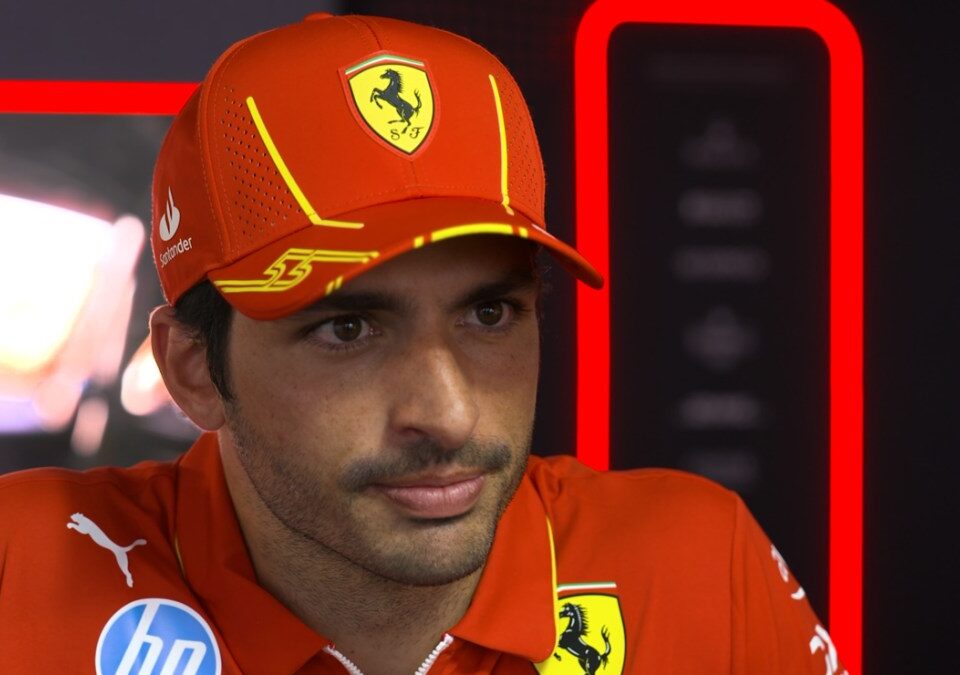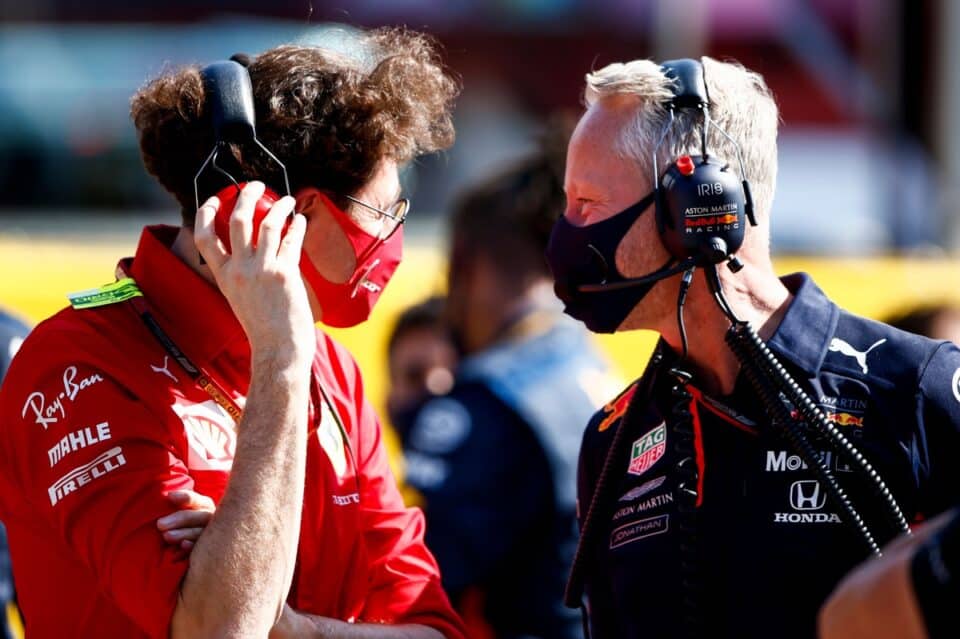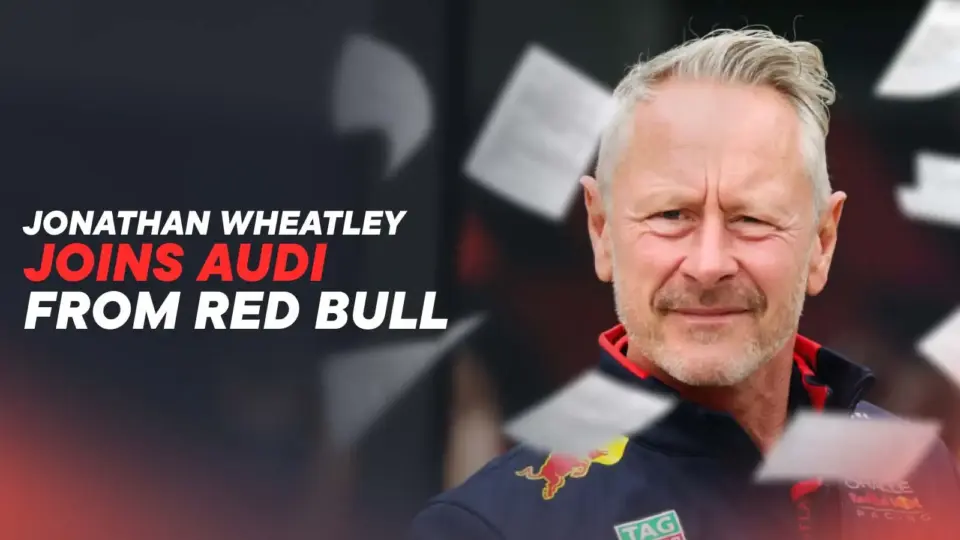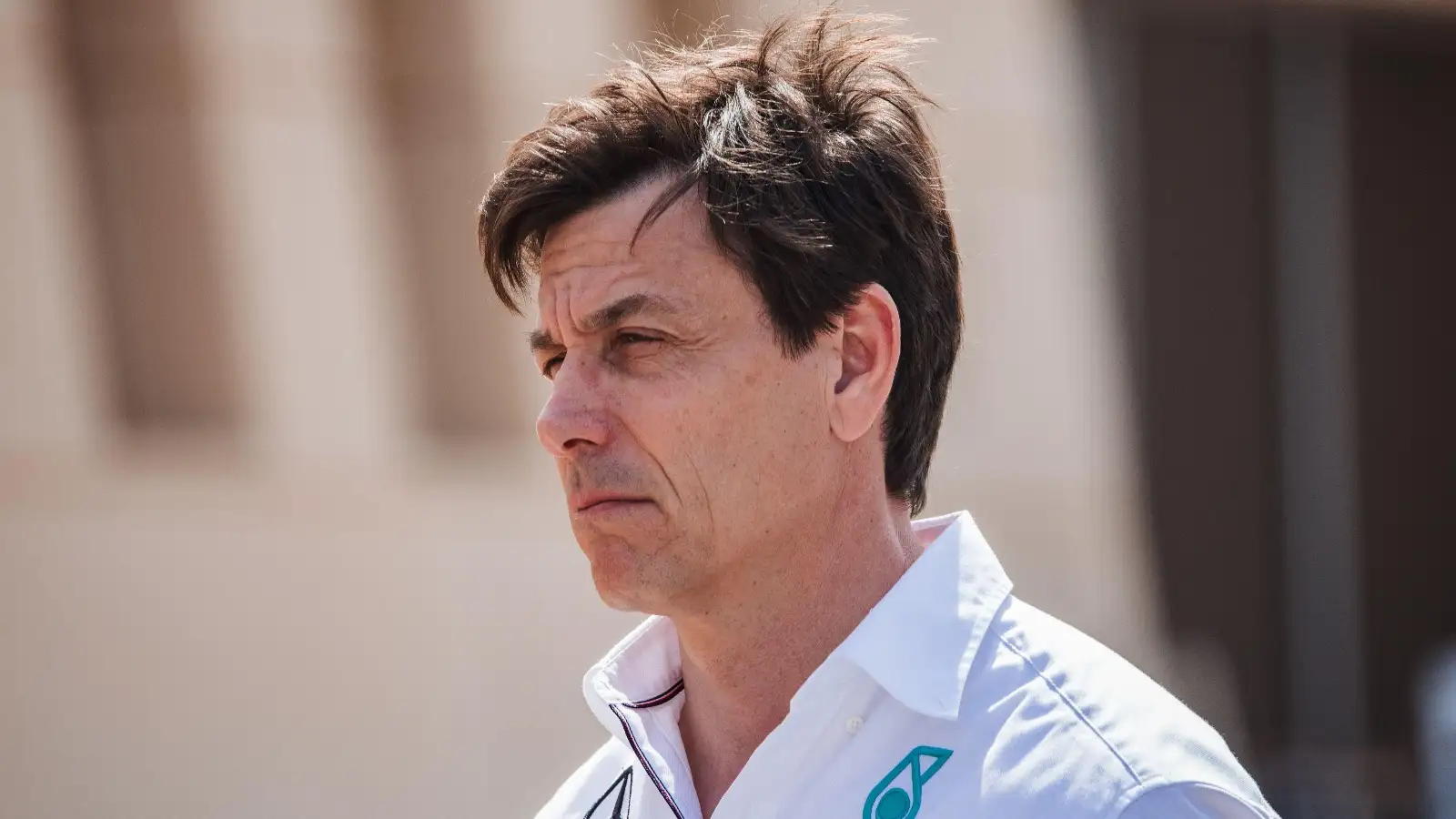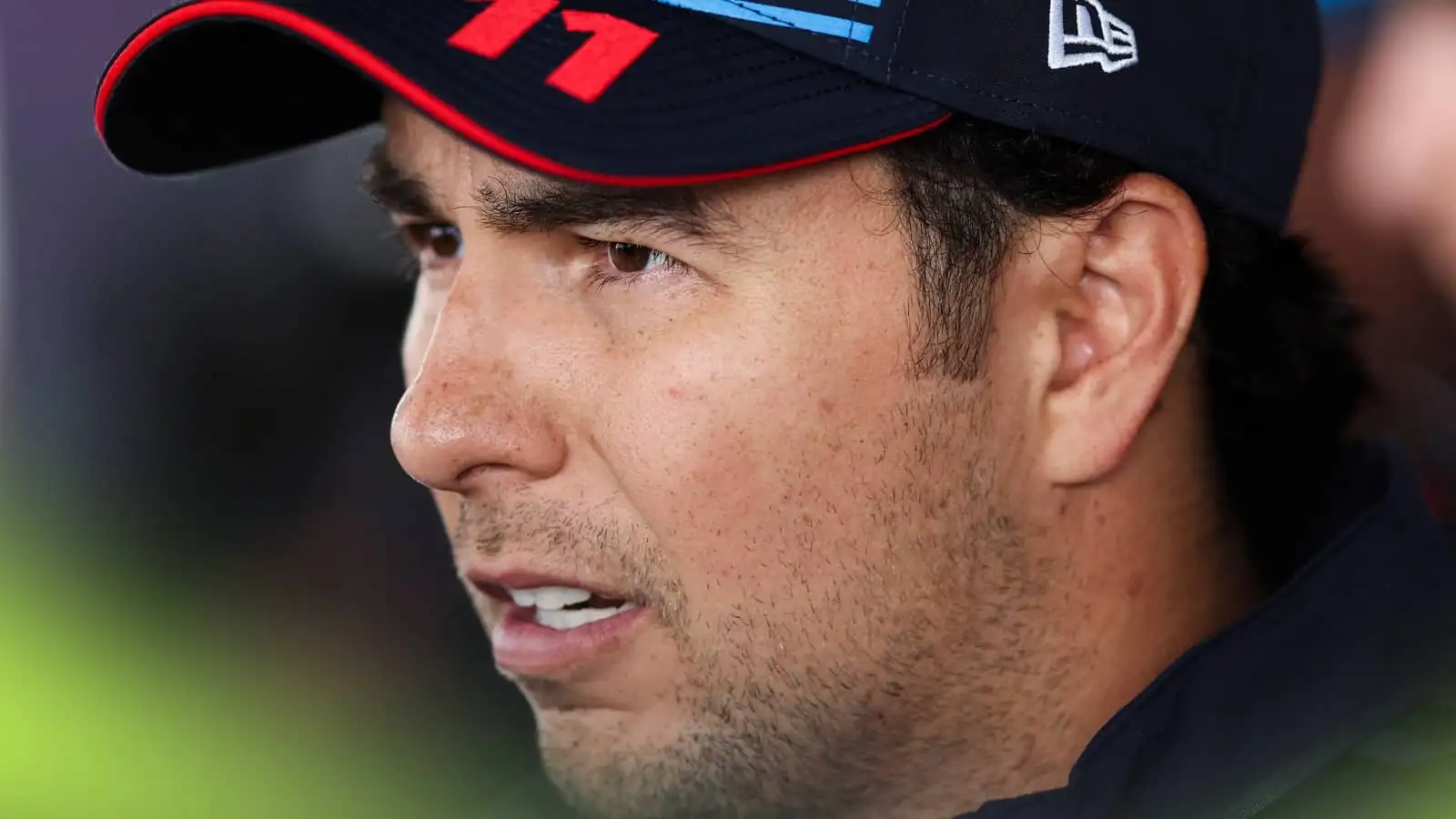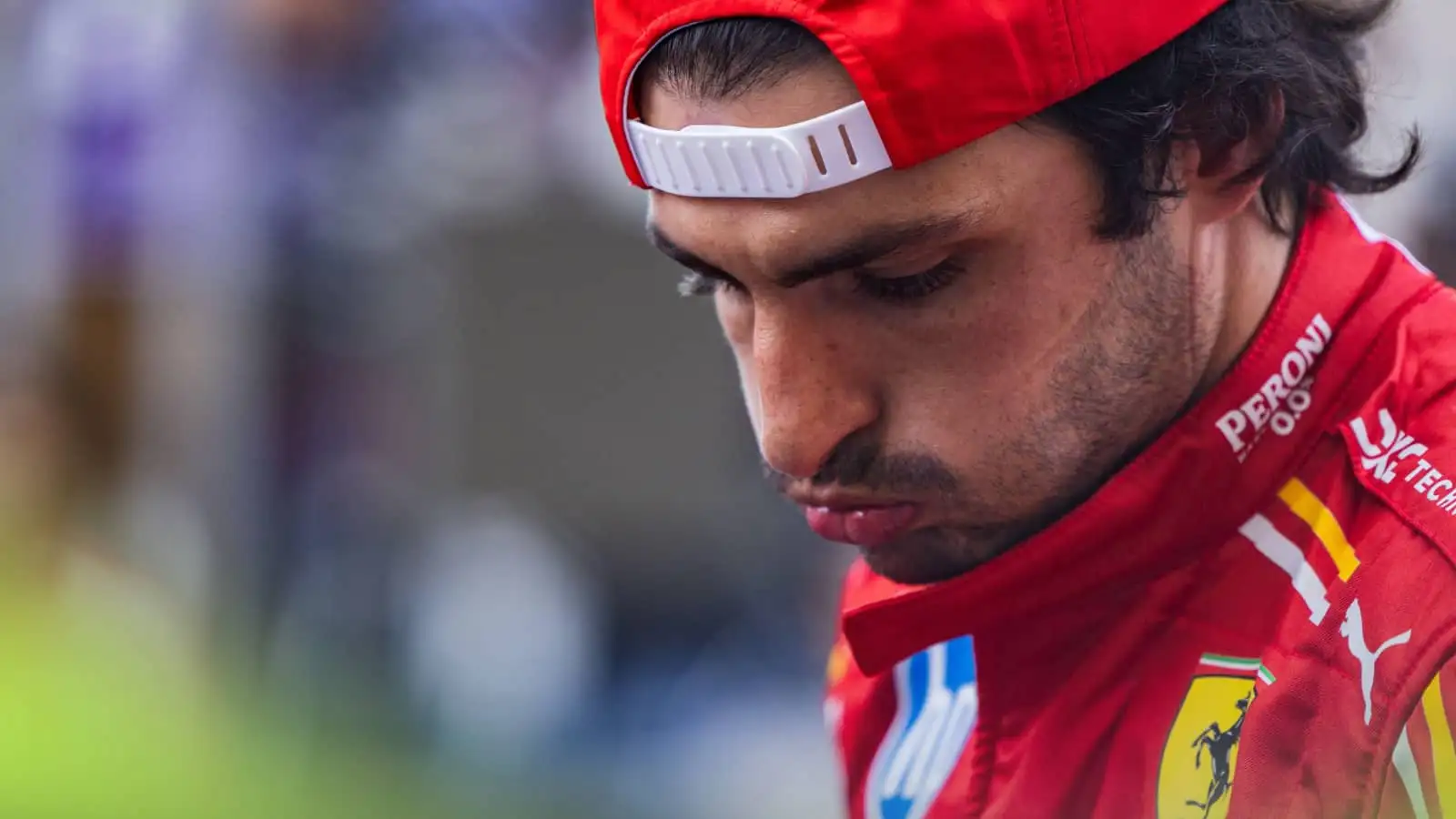Carlos Sainz is set to continue his Formula One career with Williams from the 2025 season, and this surprising move has sparked a flurry of speculation within the racing community.
Despite his secret hopes to join Mercedes or Red Bull, Sainz has chosen the historic British team. Two insiders have shared intriguing theories about Sainz’s unexpected decision.
Williams F1 boss James Vowles revealed the intense and uncertain journey that led to securing Sainz. He admitted he wasn’t confident until the deal was officially signed, after previous disappointments. Reflecting on the difficult journey, Vowles described it as ‘a rollercoaster’ since Monaco, with various ups and downs. Discussions with Sainz began in December last year, with Williams’ poor performance in Barcelona nearly derailing the deal. Vowles said, ‘The moment it looked realistic was when his pen hit the paper. I was stung earlier in the year, around Barcelona time.’ He didn’t contact other drivers until it became clear that Sainz might not join, ensuring he had backup plans.
Former team principal and current RTL pundit Günther Steiner suggests that Sainz’s decision might have been swayed by a significant contractual detail – an exit clause. Discussing the matter on the Red Flags podcast, Steiner expressed doubts that Williams could outbid Audi financially. He speculated that Sainz’s considerations extended beyond money. ‘For Carlos, it’s not just about money. The critical question for him is: Where will I be in two, three, or maybe more years?’ Steiner believes Sainz may have been attracted to a buy-out clause allowing him to leave after the 2026 season if Williams underperformed, whereas Audi required a minimum three-year commitment.
Bernie Collins, a former Aston Martin strategy chief, provided a different viewpoint on the Sky F1 podcast. According to Collins, Williams was simply the best option available to Sainz, primarily because of their future engine plans. Starting in 2026, Williams will be powered by Mercedes engines, which Collins thinks could be a game changer. Recalling the success of Mercedes engines post-2014 regulation changes, Collins speculates that the upcoming 2026 regulations could herald similar dominance. ‘The majority of us believe it [the Mercedes engine] will be the most powerful, given what happened in 2014 with the new regulations,’ Collins said. Williams’ long-term potential from 2026 onwards makes it a compelling choice for Sainz.
The reasons behind Sainz’s move to Williams may still be somewhat mysterious, but the theories from Steiner and Collins offer plausible explanations. Whether it’s the potential security of a buy-out clause or the strategic advantage of Mercedes engines, Sainz’s decision appears to be a calculated gamble on his future in F1.
As the 2025 season approaches, all eyes will be on Sainz and Williams to see how this partnership unfolds. The dynamics of the sport are set to change significantly with the new regulations, and Sainz’s decision may yet prove to be a masterstroke in his racing career.
